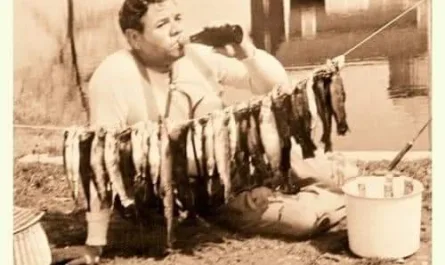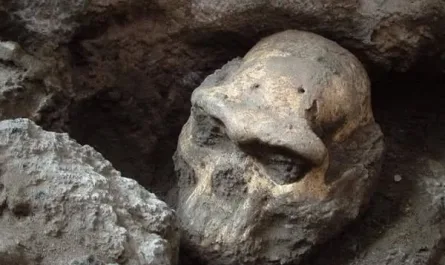In 1888, a startling discovery was made near Clearwater, Minnesota, when seven human skeletons were unearthed from a burial mound just outside the town. These remains were described as unusually large, some reportedly over seven feet tall, with odd features like double rows of teeth, sparking wild speculation about a lost race of giants or an ancient civilization. The find gripped the imagination of locals and fueled tales of a prehistoric people predating known Native American tribes.
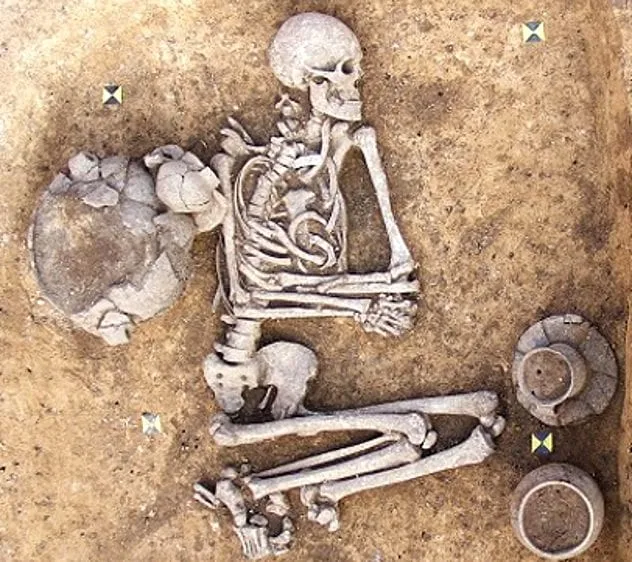
The burial mound, likely ancient, hinted at a ceremonial burial, with the skeletons’ arrangement suggesting they held special status. Some believed they belonged to a forgotten culture, possibly tied to the mound-building peoples who left earthworks across the Midwest. Newspapers buzzed with stories of these towering figures, feeding into myths of giants or advanced societies lost to time.
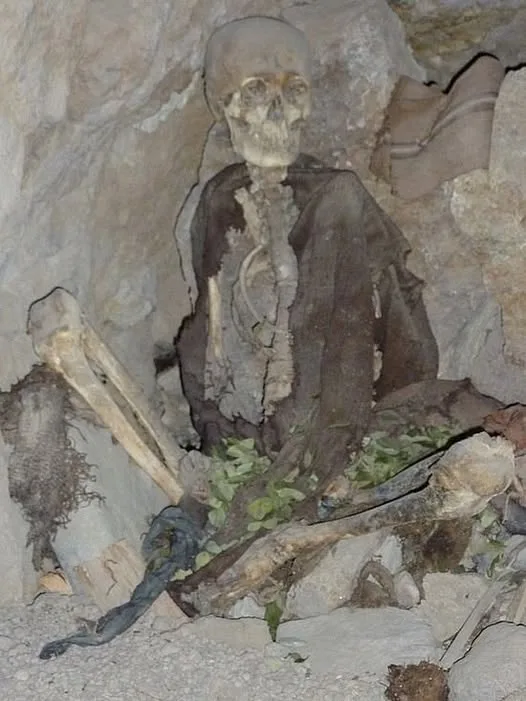
Sadly, the skeletons’ fate is unclear. Reportedly sent to institutions for study, they vanished from record, leaving no hard evidence or detailed reports. The claims of their size and strange features remain unproven, likely exaggerated by the era’s love for sensational tales. Similar stories of oversized skeletons popped up across America back then, often lacking proof and fading into legend.
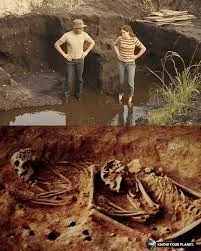
The Clearwater find fits this pattern—a tantalizing puzzle with no solid answers. It could reflect a real burial site misinterpreted by eager amateurs, or simply a story grown tall in the telling. Either way, the mystery endures, stirring curiosity about what secrets Minnesota’s ancient mounds might still hold.
